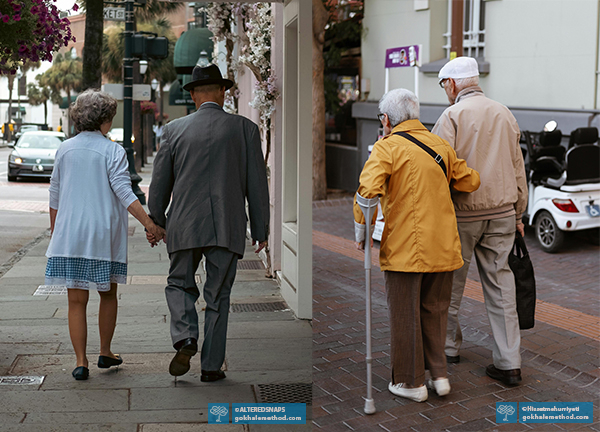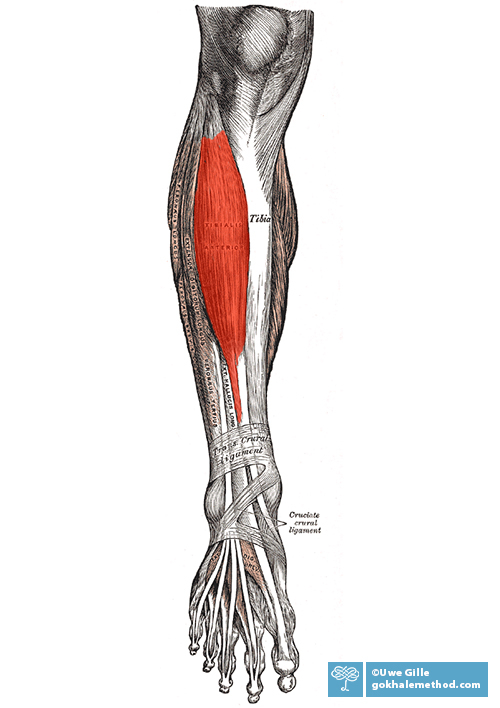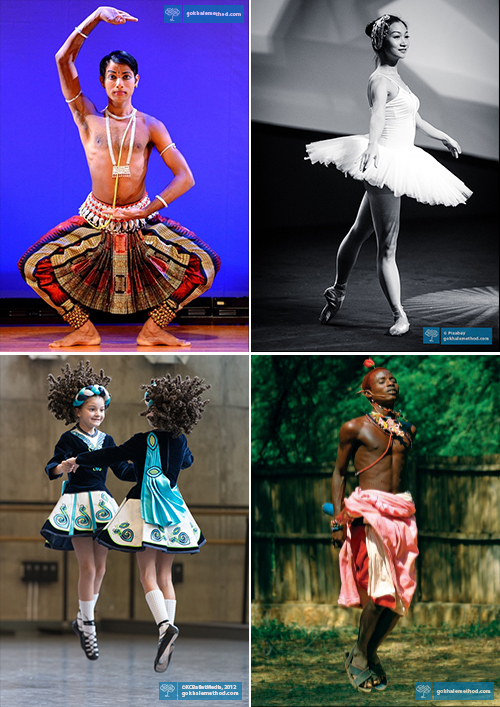We have long ago ditched any Victorian shyness around showing our ankles, thank goodness. In fact, they have become a fashionable part of the body to celebrate with short pants and an ornamental tattoo. But unfortunately for our ankles, the picture is often not so rosy as the years go by…

Healthy ankles can serve both fashion and function! Image from Pickpik.com
You might be surprised to learn that some of the fastest growing orthopedic surgeries are for ankle fusions, and partial and full ankle replacements. Though still less common than the 790,000 knee replacements and 544,000 hip replacements¹ done every year in the U.S., the number of total ankle replacement surgeries has grown to over 10,000² per year, and these are expected to overtake fusion surgeries.
Surgeries have pros and cons
When ankle damage is beyond the reach of physical therapy, ankle surgery is an option. Various procedures are used for treating post-traumatic, osteoarthritic, and inflammatory arthritic ankle conditions. While we recognize that continual improvement is being made in these surgeries, and welcome the mobility life-line they offer to many, ankle surgery can also leave patients with a relatively small range of motion in the joint, wound complications, and residual pain.
Maintaining quality of Life
Good ankle function is clearly important for enjoying life’s pleasures, such as dance, sports, and being in nature—but it is also about being pain-free, being able to keep a job, avoiding fall injuries, and maintaining independence.

Being able to walk with ease and pain free ankles (left) makes life more doable and enjoyable. Image from Pexels(left img, right img)
What causes ankle pain and degeneration?
Ankles become problematic for a number of reasons. Some of our students trace their issues back to old injuries, such as broken bones or “rolling the ankle” and tearing ligaments. And it is true that less than optimal healing or poor rehab can have ongoing consequences, or issues that surface in later years.
The muscle spindles within and the bands of ligamentous tissue that bind the ankle are especially rich in sensory organs called proprioceptors. These are important for sensing our balance and how we perceive the location and movement of our body parts. Thus, incomplete recovery from ankle injuries can leave us more prone to poor coordination and falls. The long tendons running from the various lower leg muscles through the ankle to move the bones of the feet want to be strong, as do the connective tissues, giving our legs power and stability.

The tendons of long muscles such as the tibialis anterior (shown in red) cross the ankle, inserting to work the toes and forefoot. The ankle is bound by strong ligaments. Wikimedia
People sometimes tell me that they have inherently weak ankles, like one of their parents. While our DNA clearly shapes our structural inheritance, a more likely cause for the actual manifestation of ankle problems is poor use of the joint due to problematic posture. A poor gait pattern is often learned from our parents, or role models, influencers, or well-intentioned but misguided coaches.
Motion is lotion—plus strength and flexibility
From a Gokhale Method® perspective, the root cause of ankle problems in our society is varying combinations of poor posture and insufficient use. Even on flat terrain, walking as we were designed to involves a considerable range of motion—the back of the ankle and Achilles tendon gets stretched as the back heel stays toward the ground, and then the front of the ankle is opened wide as we push off using the toes.
As we came to work ever more sedentary jobs, walking shorter distances along flatter surfaces in our offices and malls, our ankles do less and less. In centuries past our feet would work hard to grab the textured surfaces of rough earth or cobblestoned streets on which we walked barefoot, or in lighter-soled shoes. Going uphill and downhill makes even more demands on our ankle structure, as do naturally challenging surfaces such as tussock grasses and scree-covered hills.

Traditional dance forms as diverse as the Indian Bharata Natyam, classical ballet, Irish dancing, and Samburu tribal dance from Kenya, all employ considerable ankle strength and flexibility. Image from Pixabay and Wikimedia
Let’s strengthen our ankles
Consider your starting point. Don’t go straight into a new or strenuous activity if your ankles have been used to taking things easy! At best you could feel very sore, at worst you risk an injury—the very opposite of what you want. If you are recovering from injury or surgery, we advise you to check with your preferred health practitioner.

If we are lucky, we will gain healthy ankle strength and flexibility as we grow, and maintain it throughout life. But many of us in our society need help to do that. Image from Pexels
Rather than rotating your ankles, which is a commonly given exercise, we recommend you take a look at our free Inchworm and Toe Tap videos (below). Start each exercise gently with a minute’s work on each foot daily, and build up from there.
These are highly functional exercises that can immediately benefit your walking. Although you focus on moving your feet, you will feel your ankles and lower leg muscles working hard as well.
In time, these movements, and others we teach on our in-person Foundations course, one-day Pop-up course, online Elements course, and Gokhale Exercise program, will help to make your walking more balanced, smooth, and powerful. After all, walking well is nature’s way of maintaining your foot and ankle health, giving you the thousands of reps per day that your feet were designed for.
For our Alumni, we are pleased to announce the return of our popular Advanced Glidewalking course, starting Monday, October 7, 12 p.m. (PST). You can book your place here.
Best next action steps
If you would like to improve your ankle function and comfort, get started by booking a consultation, online or in person, with one of our teachers.
You can sign up below to join any one of our upcoming FREE Online Workshops…
References:
¹ “Joint Replacement Surgery.” n.d. Rheumatology.org. https://rheumatology.org/patients/joint-replacement-surgery#.
² Penner, Murray J., Gregory C. Berlet, Ricardo Calvo, Eric Molina, David Reynolds, Paul Stemniski, and W. Hodges Davis. 2020. “The Demographics of Total Ankle Replacement the USA: A Study of 21,222 Cases Undergoing Pre- Operative CT Scan-Based Planning.” Foot & Ankle Orthopaedics 5 (4): 2473011420S0038. https://doi.org/10.1177/2473011420s00381.


